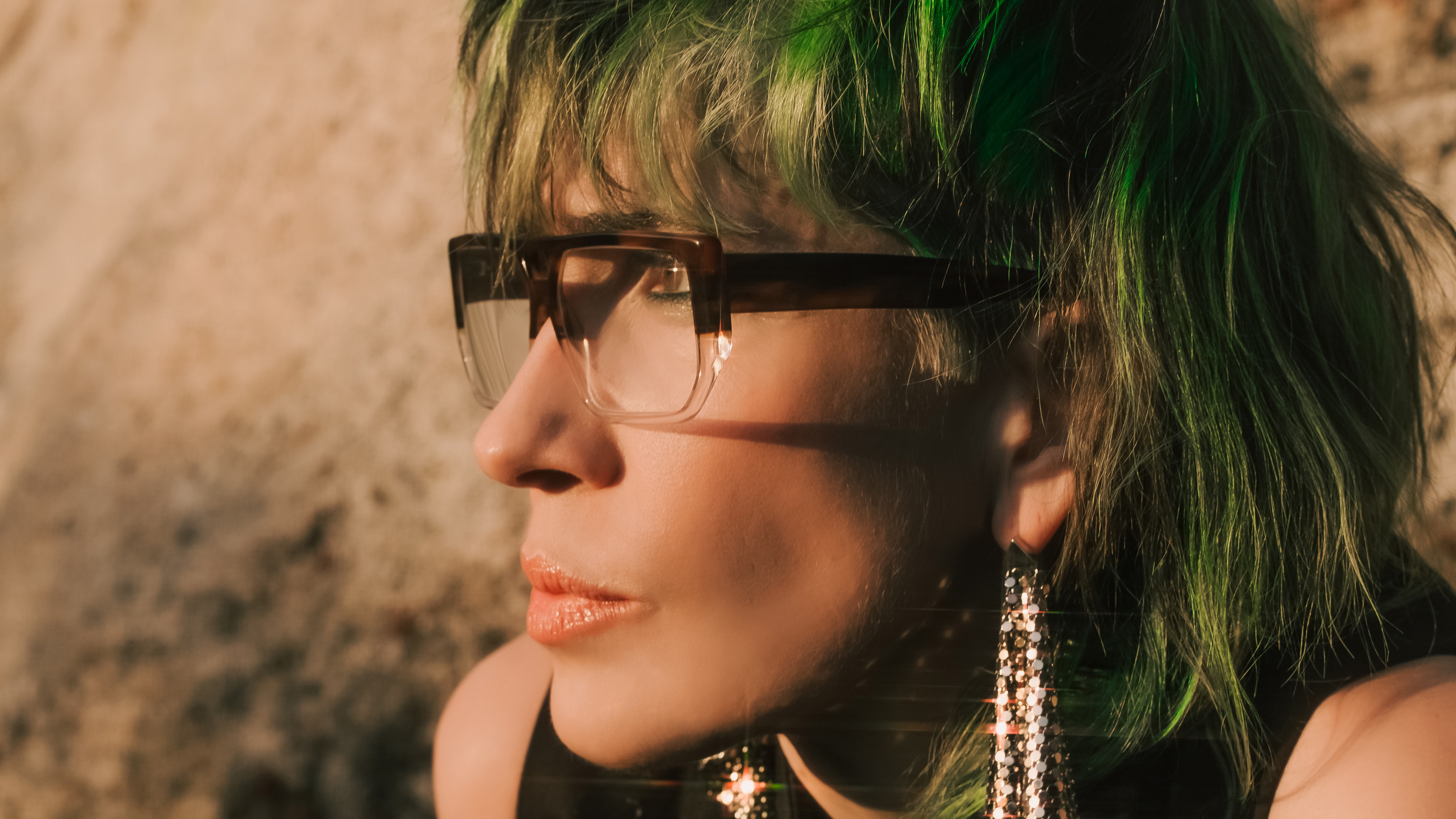"Through the years, we’ve had the likes of Taylor Swift, Ariana Grande, Mika and Amanda Palmer visit and stay": Step inside the "quirky" underground studio set up by Imogen Heap
Housed in an elliptical building erected in 1972, this residential studio was used by Swift on the album 1989
Rupert Neve Designs has given us a glimpse inside one of the UK's most unusual studio spaces, formerly home to electronic musician Imogen Heap.
A residential studio located on London's outskirts, The Hideaway Studio is based in a Grade II-listed landmark building built in 1792 called The Round House. This elliptical building houses six bedrooms, a kitchen, and a multi-room recording studio located in its basement.
Heap purchased the building in 2006 and set up the studio as a personal recording space, but moved out a few years ago after finding that she wasn't making use of the place. Heap now rents it out as a commercial studio space, and the Hideaway has seen the likes of Taylor Swift and Ariana Grande retreat to the studio to write and record new music.
Rupert Neve Designs spoke with resident recording engineer Petra Randewijk about the studio, which she describes as "quirky" and "weird". "It doesn't really look like a studio, even though it is," she says. "It asks for trying odd stuff, for experimenting... it's a wonderful place to get away from everything and be creative."
The Hideaway's studio space is below ground level, which Petra says puts visitors "in another world", while a recessed hallway wrapping around the building's exterior gives musicians an opportunity to record some "amazing" real-world reverb.
The studio is segmented into a control room, a drum room and a piano room, housing a classic Steinway from the '30s. "Because of the house being a round house, actually an oval house, the acoustics in the rooms are quite nice to record - especially acoustic instruments, string quartet sounds amazing in there," says Petra.
It's basically the collection of everything Imogen collected during her career up until now, and you can try out everything
"There are lots of weird instruments everywhere, there are lots of weird stuff to make music with. It's basically the collection of everything Imogen collected during her career up until now, and you can try out everything. I'm trying to make all the vocoders work again so you can try out all of them very easily".
Want all the hottest music and gear news, reviews, deals, features and more, direct to your inbox? Sign up here.
At the heart of the control room is a Rupert Neve Designs 5088 console, which Petra says "sounds amazing... it makes everything instantly sound nice." A completely modular console, each 5088 is built-to-order, with channel strips and processing modules swapped in and out to meet the demands of each artist or engineer.
"If you don't do anything to it and you just put everything in straight, just put it in the computer, play your nice music, use your nice microphone, put it in the right place, put it through a nice preamp and record it, your recording is basically already done," says Petra. "You can only fuck it up after that."
Watch our 2010 interview with Imogen Heap below.



I'm MusicRadar's Tech Editor, working across everything from product news and gear-focused features to artist interviews and tech tutorials. I love electronic music and I'm perpetually fascinated by the tools we use to make it.

